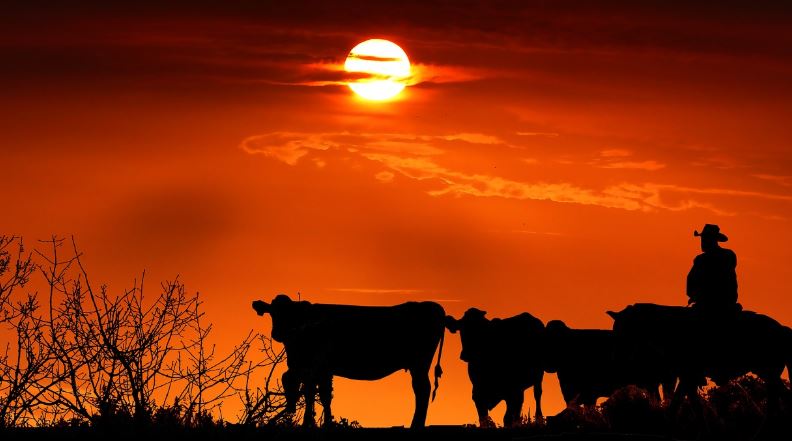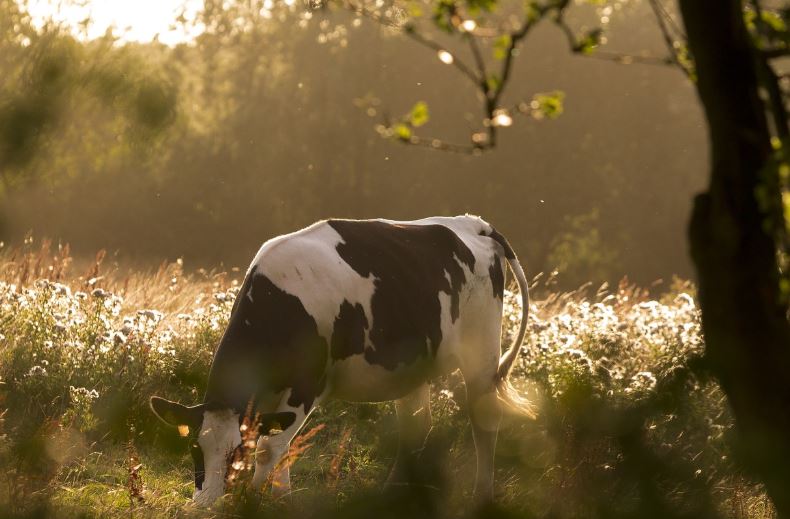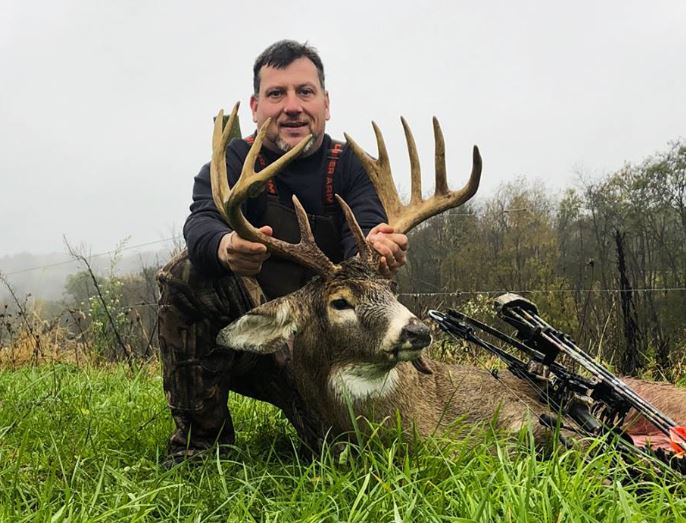How to Earn Extra Income Leasing Cattle Land
Whether you run a full-blown cattle operation or simply inherited a few cows and the back forty from your parents, one thing is very important to keep in mind: if your cows and land aren’t making you money, you probably won’t continue down that road for very long. When expenses become greater than income, it’s a recipe for financial issues. Maybe you don’t have enough cows to make money or you’re just not interested in doing it anymore. No matter where you’re starting from, here are a few ideas on ways you can make money from leasing cattle land.
Types of Cattle Operations
First, there are a couple of different types of cattle operations throughout the country, and the best approach for leasing cattle land for one type might not work for another. Read through the two most common scenarios below and decide which one applies to your own situation.
Cattle Ranches
Cattle ranches are typically larger properties that are focused solely on the production of livestock – in this case, cows. Most people think of the Great Plains states or Texas when they hear the word “ranch” and they’re not wrong – many large ranches occur throughout those areas. Ranchers will move their herds around through different pastures and grasslands seasonally to get the most out of their cattle grazing land. While they may also produce hay to get herds through the winter months, most ranchers are focused solely on their animals. Many ranches also have horses to help them get around their properties or do cattle drives. Since their cattle herds tend to roam over great properties throughout the year, most ranches tend to raise beef cattle (sold for meat) or sell the calves.

Mixed or Multi-Use Farms
Cattle farms, on the other hand, often include several different land uses. For example, most farms grow some kind of row crops, vegetables/fruits, hay, and also have some kind of livestock around as well. Many Midwest and Eastern states have multi-use farms dotting the landscape. Along with cows, farms may also have horses, pigs, sheep, goats, chickens, etc. While many farms are still quite large and support cattle pastures, they tend to be smaller than ranches overall. Because livestock farms typically have smaller, fenced fields for their cattle to roam in addition to their barns and stalls, they may raise beef cattle (e.g., Angus, Hereford, Longhorn, Highland, etc.) or dairy cows (e.g., Holstein, Jersey, Guernsey, Brown Swiss, etc.).
Leasing Grazing Rights
Now that you’ve picked the option that most applies to you, let’s talk about leasing cattle land and how you could earn some extra money from it. In this scenario, perhaps you sold a good chunk of your herd and don’t really want to be raising cattle anymore. Maybe you’re nearing retirement age and want to phase out of it slowly without completely throwing in the towel. How can you still earn money without putting your ranch for sale?
Depending on where you live and what your property looks like, there may be a lot of interest in someone leasing cattle land from you. It’s a win-win situation because you don’t have to sell the farm and can continue earning money from it, while someone else can graze cattle on your land without having to buy it outright at a significantly higher cost. If you have prime native grasslands on your property, you could earn a lot more than you think too because that’s a rare thing these days and farmers know their cattle will get high-quality nutrition there. Besides, moderate rotational grazing has proven to be healthy for grasslands and many species of wildlife – cows basically mimic what bison used to do.

Western cattle ranchers are likely familiar with grazing permits through the federal government – this option is very similar. Basically, you would develop a cattle land lease agreement with someone (example lease forms) outlining every little detail, including:
- A specific description of the land to be leased.
- The seasons it applies and duration of the lease itself.
- The stocking rate (i.e., how many cows or pounds of cattle per acre).
- Access conditions or routes.
- Proof of insurance.
- The pasture lease rates to be used.
This might seem like a lot of information, especially if you are just leasing to your neighbor or a family member. But things can happen and people get burnt when they don’t have a clear written lease agreement in place. To avoid any confusion and bad blood, just clarify all of this in a signed and notarized contract beforehand. As for the calculation of pasture rental rates, the USDA NASS site has a list of current rental rates for pasture land in different states. The national average at the time of writing this was $12.5/acre, but you could earn much more in states like Illinois, Iowa, or even Wisconsin. You’ll likely be able to make enough to at least cover your taxes if nothing else.
Leasing Cattle Land for Hunting
Another approach to earning more of a side income is leasing cattle land for hunting. Whoa, sounds like a terrible idea, right? Why would you let someone hunt your pasture with your cows (or somebody else’s cows) in it? There’s more to this option, so stick with us.
Farms and ranches can be very productive hunting properties for several different wildlife species, including white-tailed deer, turkeys, upland game birds, coyotes, or waterfowl. It all depends on where the properties are located, what condition they are in, and how big they are. Just like the cattle land leases, there are many hunters out there who would love to pay a fee for leasing land instead of buying their own.

The same rules above apply to this scenario too. You should always get a written lease agreement before any deals are made. Make sure the lessee knows that the cattle on your property are always to be protected under every circumstance, all gates should be closed behind the hunters, no fences should be damaged, and they should let you know when they will be on the property. Here are a few things you should include in your agreement:
- The exact boundaries of the land to be hunted.
- The allowable wildlife species to be hunted and any specific requirements (e.g., the lessee can take whitetail does only).
- The types of weapons to be used (e.g., shotgun only, bow only, etc.).
- The times of year they can use the property.
- Access considerations and routes.
- Proof of insurance.
- The hunting lease rates.
If this idea sounds good to you, reach out to us at Base Camp Leasing. We can list your property in our database to get exposure to a much larger market, and we have hunting lease agreement templates to get you set up quickly. We also include premium insurance coverage to protect both you and the hunter. If you’re considering leasing your cattle land and aren’t sure what to do, this really is a great option to consider.
GET INFO ABOUT LEASING THE HUNTING RIGHTS TO YOUR PROPERTY
[av_sidebar widget_area=’SRM-CAPTCHA-FORM’ av_uid=’av-2q9txt’]

Leasing 15 acres per year in East Texas…???